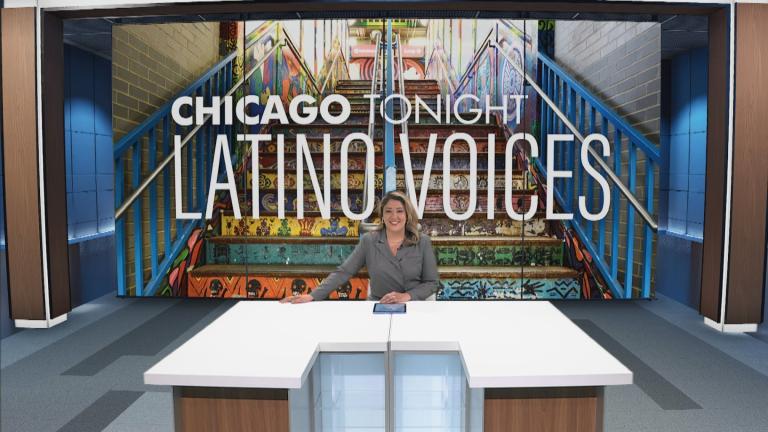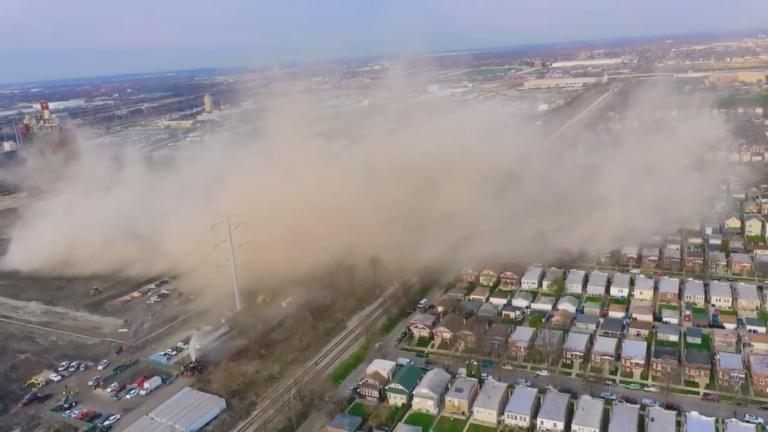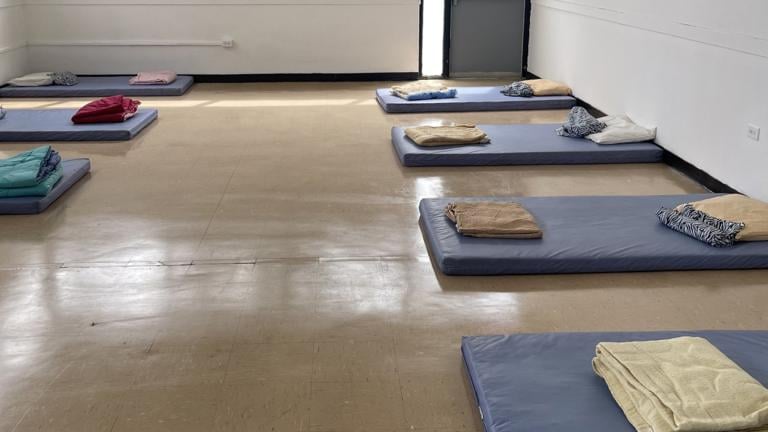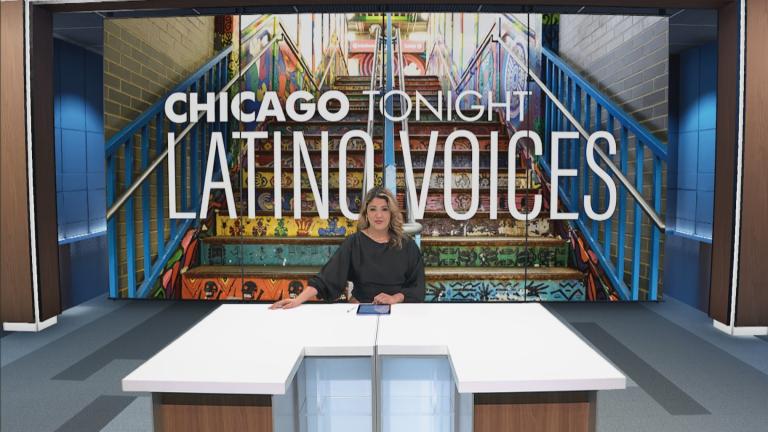The synthetic opioid fentanyl remains a danger in Chicago, especially in Black and Latino communities, where the odds of a fentanyl-involved overdose have significantly increased in recent years. Cook County data shows 262 Latinos died from an opiate overdose in 2020 — that’s nearly twice the number of deaths recorded in 2019.
Consul General of Mexico in Chicago Reyna Torres Mendivil wrote an op-ed in the Chicago Tribune about how more collaboration and cooperation between the U.S. and Mexican governments needs to happen to effectively curb fentanyl production, trafficking and use.
“This is a constant conversation, and it has to be addressed from many fronts, not only the law enforcement. … It’s a multi-faceted issue,” Torres Mendivil said. “You cannot address the traffic of these illegal substances without addressing, for example, the traffic of weapons into Mexico, that kind of our end in the hands of criminals in Mexico. What I meant to address in that op-ed is how this is affecting our communities on both sides of the border. And on top of all these things, all these legal aspects, law enforcement aspects, security aspects, is the human component, is a human factor and how we all should be doing more addressing that particular part of this tragedy that’s going on in our communities.”
Sarah Richardson, program manager at the Chicago Department of Public Health Office of Substance Use, said city data shows a deepening crisis.
“What we’re seeing in Chicago right now is that 80 to 90% of our overdose deaths involve fentanyl, and a growing number of those deaths involve fentanyl as the only opioid in that death,” Richardson said. “The number of Latinos in the community that have experienced a fatal overdose has significantly increased in recent years. We’ve seen those increases across every demographic group, but the greatest increase has in fact been in our Latino communities in Chicago.”
For Latinos, addressing and overcoming stigmas surrounding substance use can be a challenge, said Esperanza Health Services care coordinator Nicolas Zavala.
“One of the biggest things that we see is the moral argument, as in saying substance use and substance users are bad,” Zavala said. “And this type of negative stigma often causes people to not want to seek treatment. They want to keep it in the family. … They sort of want to hide it from society and not only the family but also other members in the community might actually look down upon someone that is having difficulties with substances. There’s also a stigma actually involved in different types of services. I personally have heard different clients of ours that we’ve served that have given us even negative feedback from other locations.”
One way to combat stigma, Richardson said, is being careful with the words we use to talk about addiction and substance use.
“Stigma is a big barrier to individuals seeking care and treatment and also to families and communities in approaching this issue and understanding what their loved ones are going through,” Richardson said. “The way we talk about people who use drugs in their communities directly impacts the kind of care that they receive and their willingness to go seek care. And so all of us can shift the way that we talk, shift from words like abuse to use, from addict and junkie to person with a substance use disorder, person with an opioid use disorder. And that shift alone will make a huge difference in the lives of people.”
Zavala said Esperanza Health Services offers care entirely in Spanish, which helps people not only to feel understood while they’re at Esperanza but also to seek other services effectively.
“If there are cases where a client may need services outside of something that we offer, we are more than happy to be able to assist them in finding the services that they need, such as inpatient treatment or hospitalization, detox centers, etc.,” Zavala said. “We’re more than happy to just direct people where they need to go and be able to offer those services. But what’s most important, in my opinion, is being able to get the information out into the community to know that there are services available for them.”
Torres Mendivil said ultimately, she hopes to see the American government create more resources for education and treatment for its Latino communities.
“How do we communicate to the communities?” Torres Mendivil said. “How do we prevent addictions and how we address those persons or the needs of those persons that are already addicted? How do we prevent deaths? … The need to provide information is increasing in our community, and there are many factors that will prevent our community to ask for help. So we need to start talking about this thing right now. We had in recent weeks, the first case of repatriation of human remains of a Mexican national to Mexico of somebody that died as a consequence of an overdose of fentanyl. So that shows right there that this is the right moment to intervene in our communities here.”








